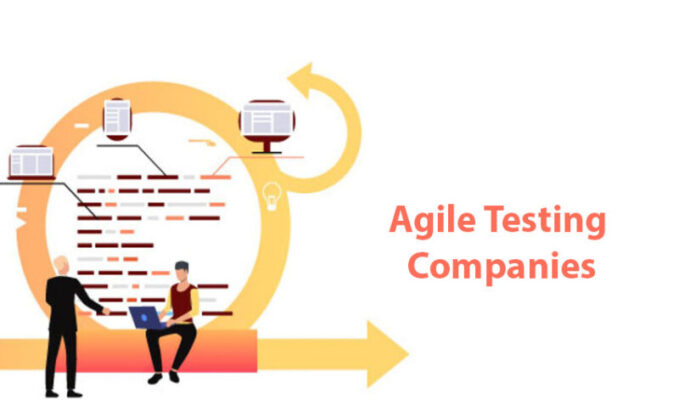Cybercriminals are clever more than your thoughts limit you. They use and try sophisticated social engineering techniques to target employees and customers to accomplish their impious plans while tricking people to handle their sensitive data and information. They play silent but intelligent moves. Criminals are always a step ahead of the victims. Cyberattackers or criminals usually collect information regarding an organization’s employees and data from open or public sources like social media, corporate blogs, and company websites, as well as through more devious techniques such as spy mails. Then, they use the collected information to conduct targeted publicity to employees in the form of emails and even phone calls in an attempt to steal funds, disable the company’s network, steal sensitive data and take the company hostage. The industries that are at most stake include law, healthcare, and government because the sensitive information they possess can be used for identity theft, insider trading, blackmail, etc.
But social engineering is not just a matter of adoption for cybercriminals instead of many penetration testing companies and service providers often use these methods to check the overall organization’s human network and security. This is what in true sense we call an ethical way of hacking software and application to evaluate the quality of a software product or service.
Here are some recommendations on how an organization can prevent social engineering attacks;
Generate awareness among employees regarding publicly open information – The attacker will initially gather knowledge about the company and its employees from information obtained at any time online. From social media sites such as Twitter, Facebook, and LinkedIn, to corporate websites and blogs, to spy emails (see below for more details), you can discover a lot of information about a company and employees without any technologically advanced “hacking” techniques. It’s important to make employees aware of this, so both of them (1) are cautious about their own communication methods, and (2) don’t give undue trust in seemingly private information, but in fact, it can be available to anyone.
Must create a smart data security policy – As we all have observed the Dropbox hacking incident back in 2016, the hacking incident was a result of improper password management of employees, and passwords are that essential key to protecting the company just like the key to the main door of your home is essential, without it you can not unlock the other doors in the house. For all sensitive documents, including Webmail, bank portals, medical websites, and HR portals, two-factor authentication should be used. If the service you currently use does not provide two-factor authentication, then you should consider moving your business elsewhere.
In addition, access to sensitive data should be provided as needed. For example, salary data should only be accessed by certain individuals, not by the entire accounting department.
Use secured fund transfer tools and apps – Many companies are tricked and dodged by the cyberattackers and criminals by sending funds into the accounts controlled by them.
In order to solve this problem, you should develop clear fund transfer procedures, such as requiring all fund requests to be made through a secure bank portal instead of via email.
Implement appropriate tools to get rid of spy emails – Spymail is an email with a hidden tracking code. The email will provide its sender with information about who opened it, when and how many times it was opened, whether it was forwarded and where, and where it was opened. This gives the sender a deeper understanding of your company’s operations and puts you at risk.
Refuse to seek help or offer help – A social engineer can and will ask you to provide information or is willing to provide assistance (i.e. impersonating technical support). If you do not ask the sender for any help, please consider any request or offer fraud. Before committing to send any content, please do your own research on the sender.
Set the spam filter to high – Your email software has a spam filter. Check your settings and set it to high to prevent risky emails from flooding your inbox. Remember to check them regularly, as legitimate mail may be trapped in them from time to time.
Conclusion
No matter how much preventive measures or testing you may do, but still, there’s a major chance of cyber attacking. All you need to do is to generate awareness among employees regarding how to tackle the situation when an attacker attacks your systems, software, and other sensitive digital assets. The better the homework you will do, the better the results you’ll achieve.
Read Dive is a leading technology blog focusing on different domains like Blockchain, AI, Chatbot, Fintech, Health Tech, Software Development and Testing. For guest blogging, please feel free to contact at readdive@gmail.com.





